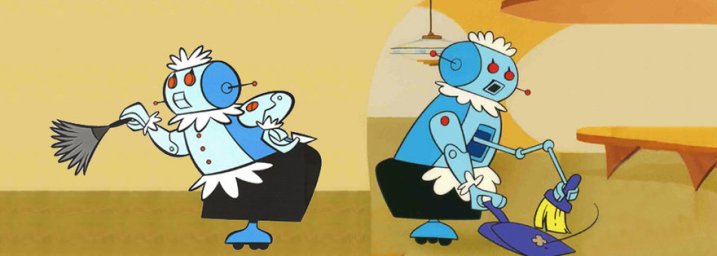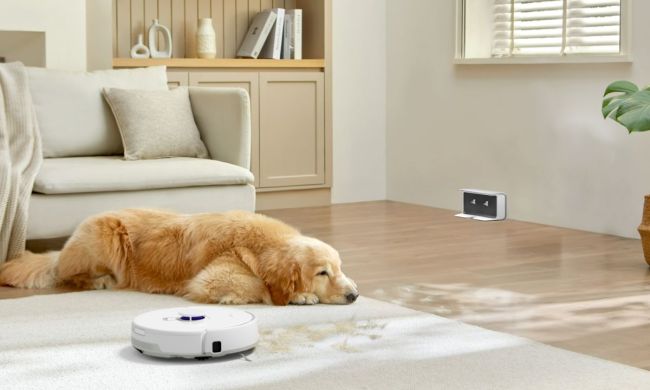The majority of the cleaning in my home happens automatically. Between the robot vacuums in each room, the robot mop in the kitchen, and even the dishwasher, maintaining a spick-and-span home requires little input on my part. But even as the Roomba trundles across the floor, I can’t help but notice the layer of dust across counters. And on the bookshelf. And on the lower shelves of the TV stand.
There are enough robot vacuums and mops in the world. What we really need is a dusting robot.
Nothing like this exists — yet
I can invest in self-cleaning litter boxes, robots to clean the bottom of the pool, and even a Battle Bots-esque machine to cut my grass for me. But why is there nothing that will handle dusting the home? In a world powered by smart robots, it seems like a massive oversight.

However, it’s easy to see why it could pose a problem. A dusting robot would have to navigate a surface and clean around obstacles with much finer detail than a robot vacuum. For example, a glance at the nearest bookshelf reveals a thin layer of dust punctuated by a mail tray, a dry erase board, staples, a security camera, and a Japanese tea set. For a robot to be able to clean this surface, it would have to navigate around all of these obstacles without knocking anything off.
While I picture something like Rosey the Robot from The Jetsons moving through the home with a brush in hand, the more likely scenario is a much-smaller robot vacuum.
The technology is already here
The three-wheeled design of the robot vacuum makes it suitable to a wide range of applications. Two wheels propel it forward while a third manages steering, and the central placement of these wheels allows it to tightly hug walls.
Sensors on the bottom of the robot vacuum watch out for cliffs. This is why it can clean up the edge of the stairs without tumbling over. This same technology can be used in a similar device intended for dusting.
Rather than suction, a dusting robot could use a long, flexible brush that absorbs dust and dirt and sweeps it away. Perhaps it could even have a small reservoir to hold cleaning fluid that could be sprayed on surfaces. Pledge could sponsor the first one.

If the idea seems far-fetched, consider that there are already cleaning robots for grills. These robots are small and equipped with stiff, wire bristles that can scrape even the most carbonized meat off the grates. Everyone needs to dust, but not everyone grills.
There are even window-cleaning robots that use suction to cling to the pane. These machines move vertically up and down the window, cleaning away handprints and other blemishes to give you a sparkling-clean shine.
With so many niche applications for the technology, it seems hard to believe that someone hasn’t designed a robot that can handle a job as simple as dusting. Even on a tightly packed shelf, a small device with a long brush would be able to reach into hard-to-access areas and pull the dust away.
The same technology that powers window-cleaning robots could also be applied for wall-climbing bots. Equip it with a feather duster and even picture frames on walls could be dusted without lifting a finger.
Why dusting robots are necessary
There’s no doubt that 2020 brought more focus on health than ever before, especially the air quality inside a home. Air purifiers sold out as soon as they came into stock. Amid the coronavirus, people spent more time at home than ever — and realized how stale the air could get inside a house.
Routine vacuuming and frequent cleaning can improve the air quality inside a home, but no matter how many HEPA-filtered air purifiers sit inside a room or how often a robot vacuum cleans the floor, people often overlook the most obvious culprits: Dust and dirt buildup atop book shelves, behind picture frames, and on other surfaces.

A dusting robot would help improve the air quality inside the home, as well as save time. Dusting is a tedious, time-consuming job that could better be handled by a cleverly built machine. It means homeowners would not need to carry a feather duster and lift each and every item on the shelf to achieve an effective clean.
Plus, let’s face it: Everyone has that one nagging relative who comments on the lack of dusting in your home. A dusting robot would at least deplete them of ammunition, if not leave them speechless.



